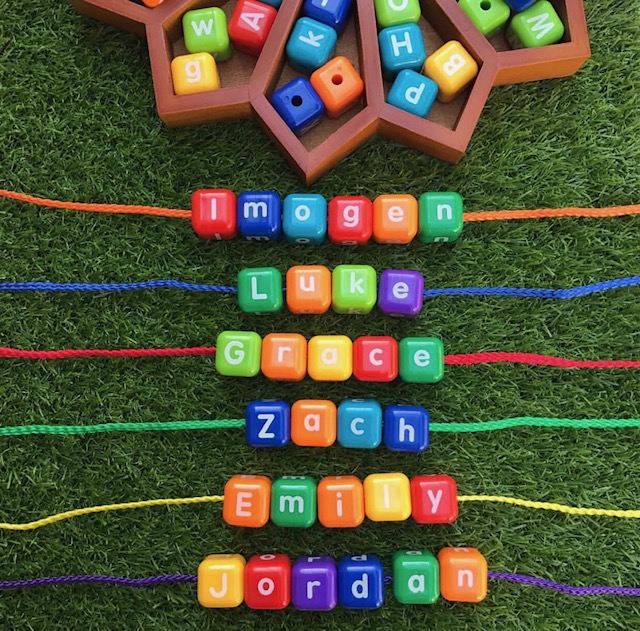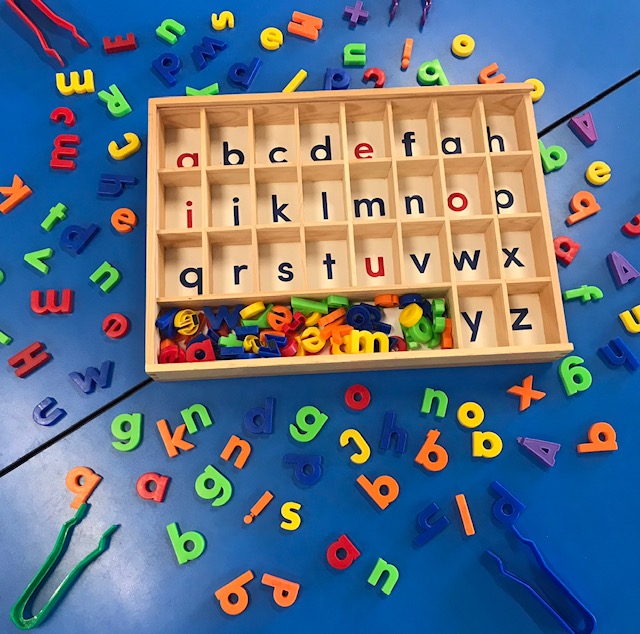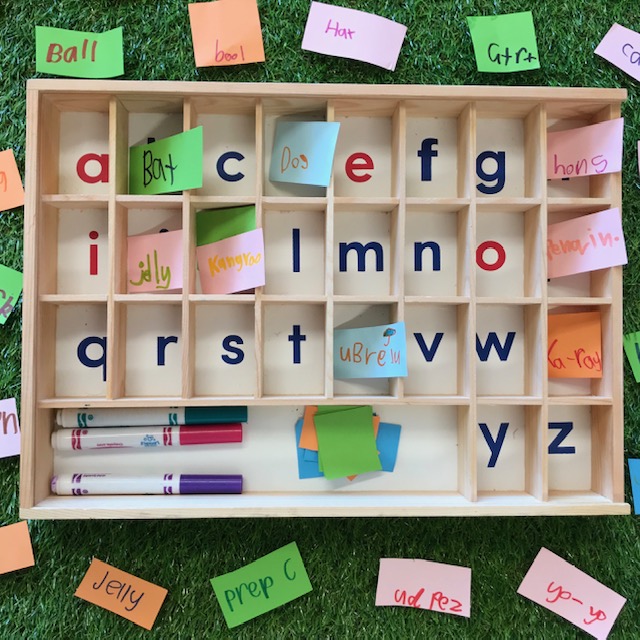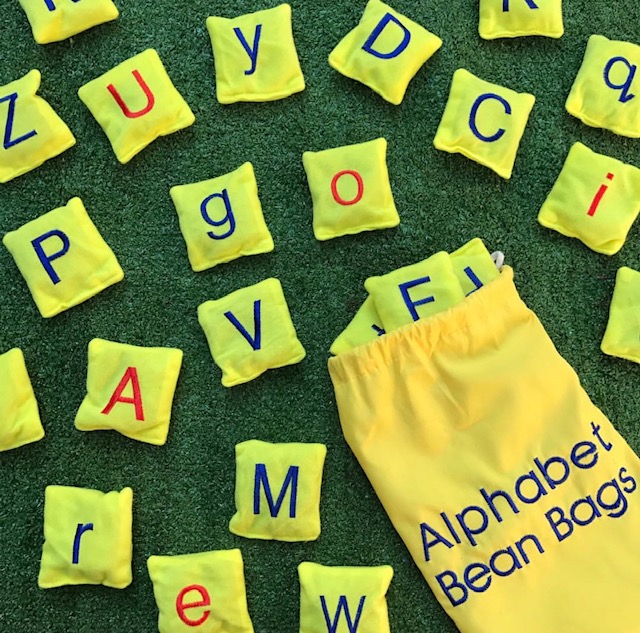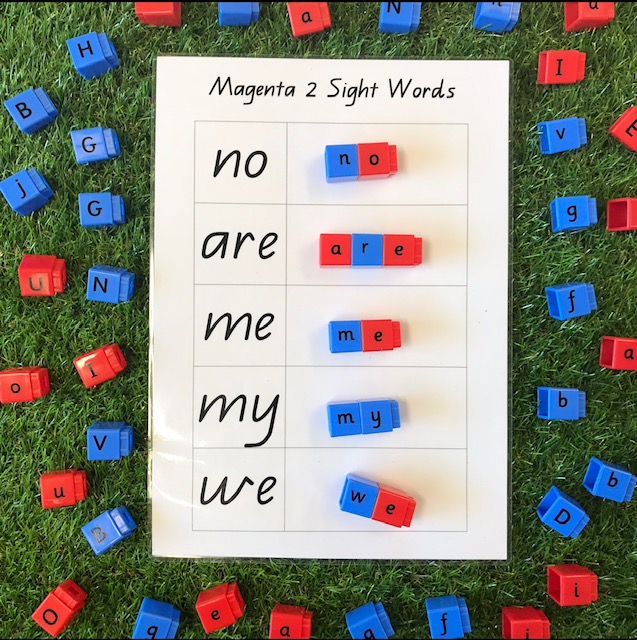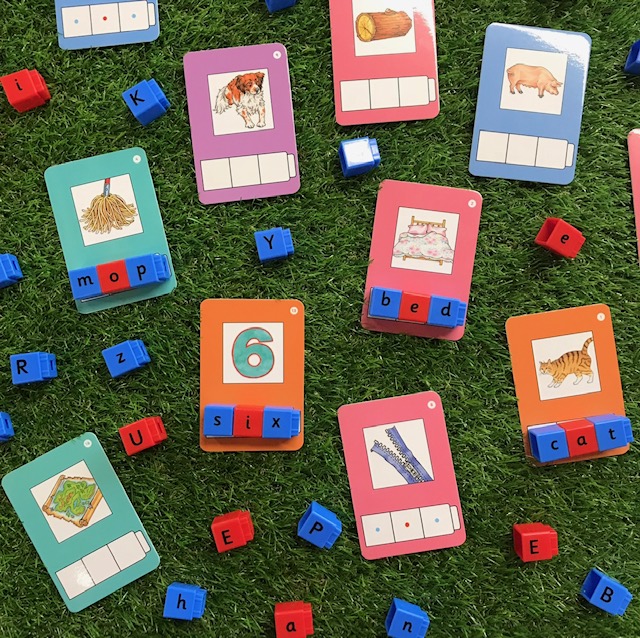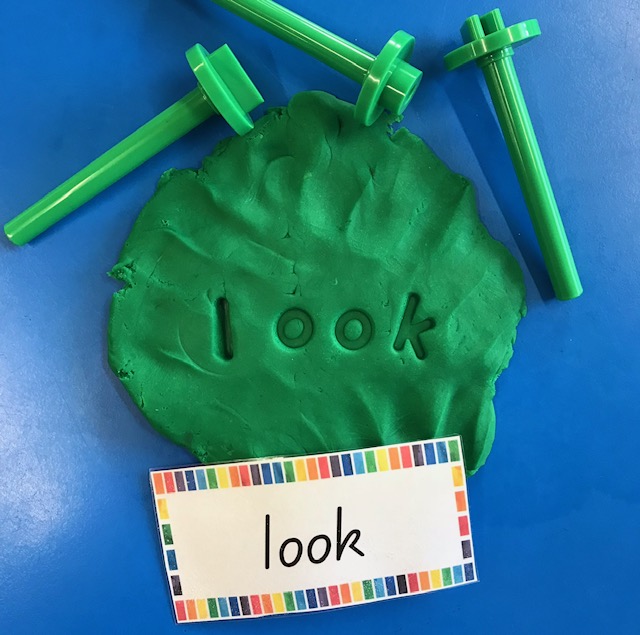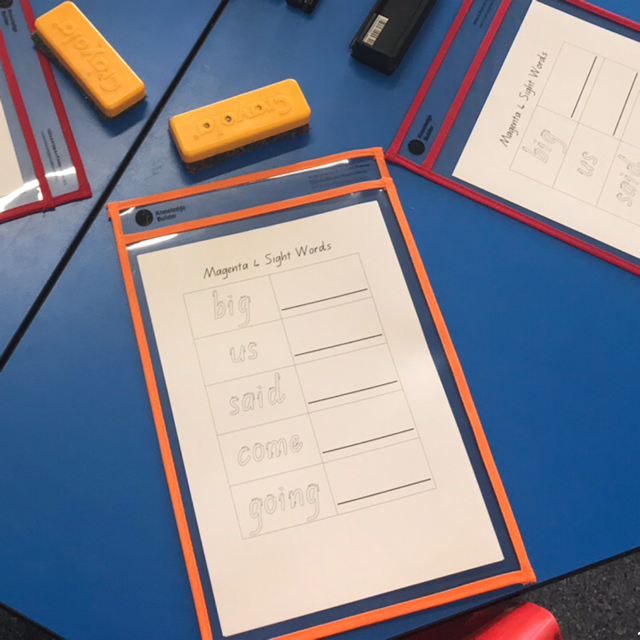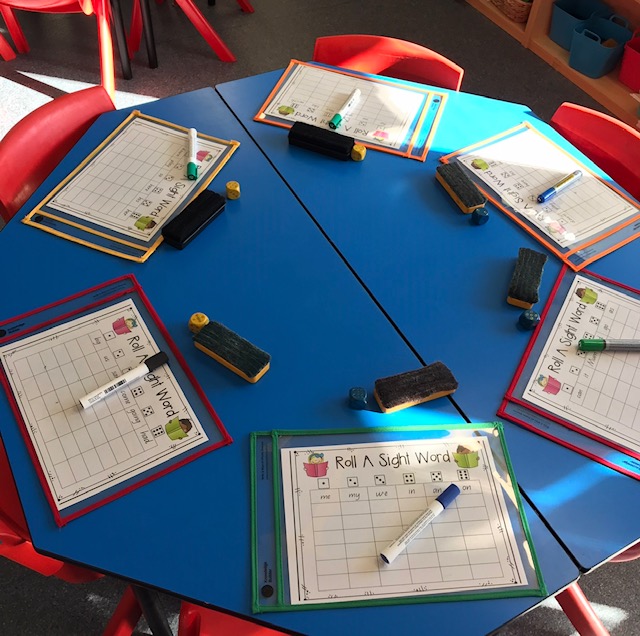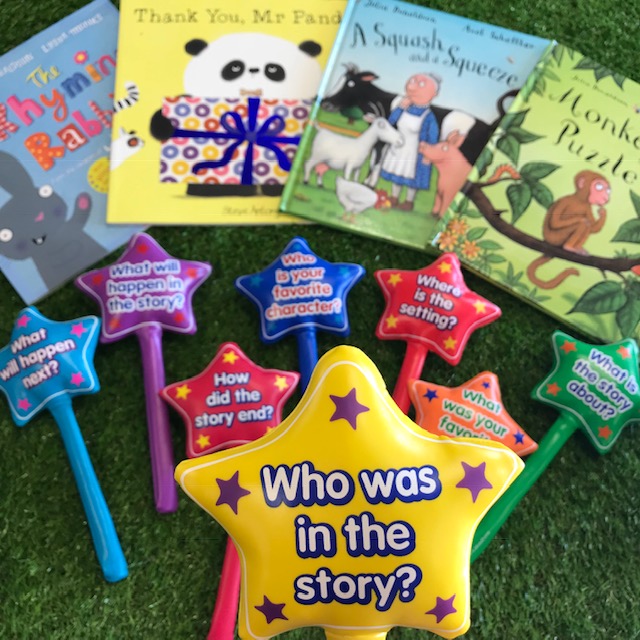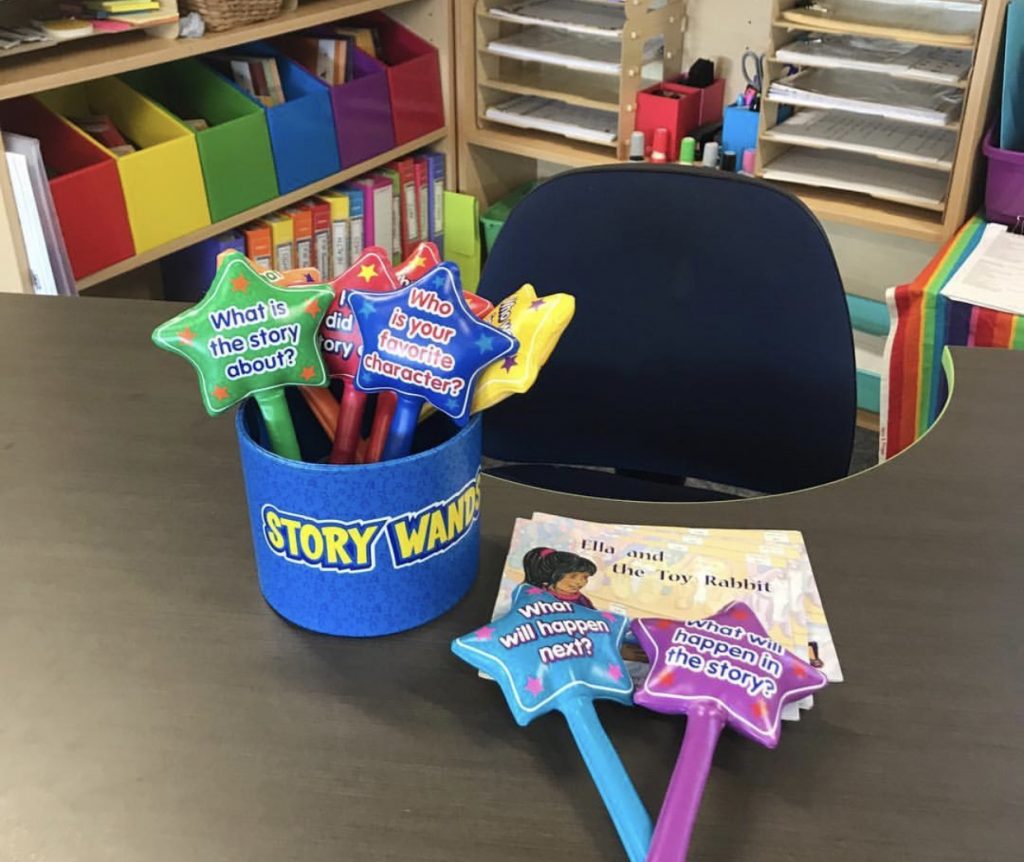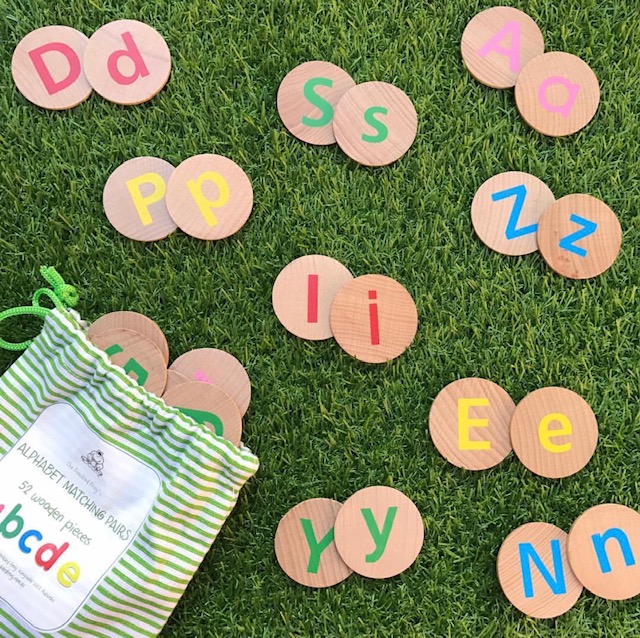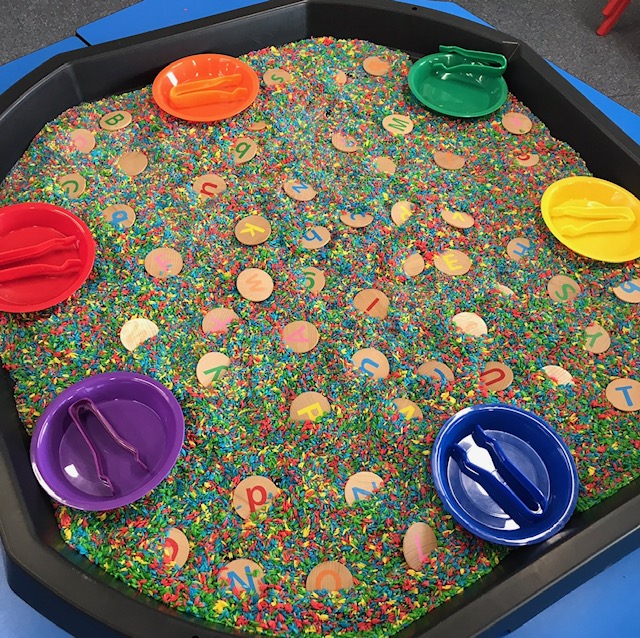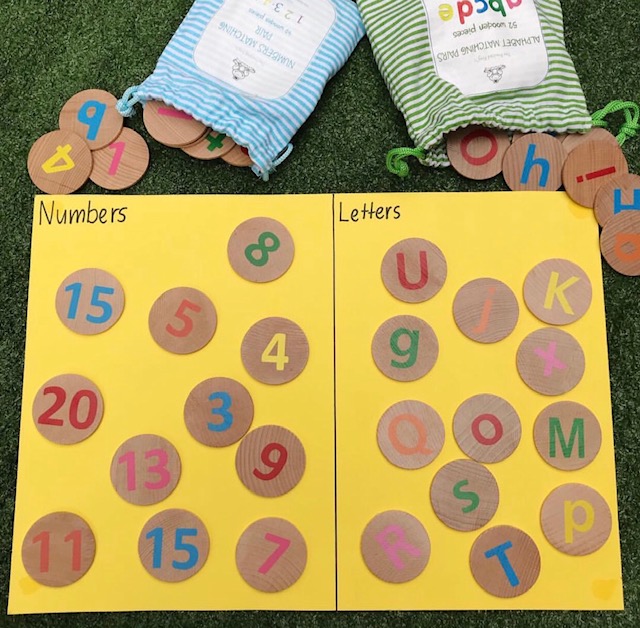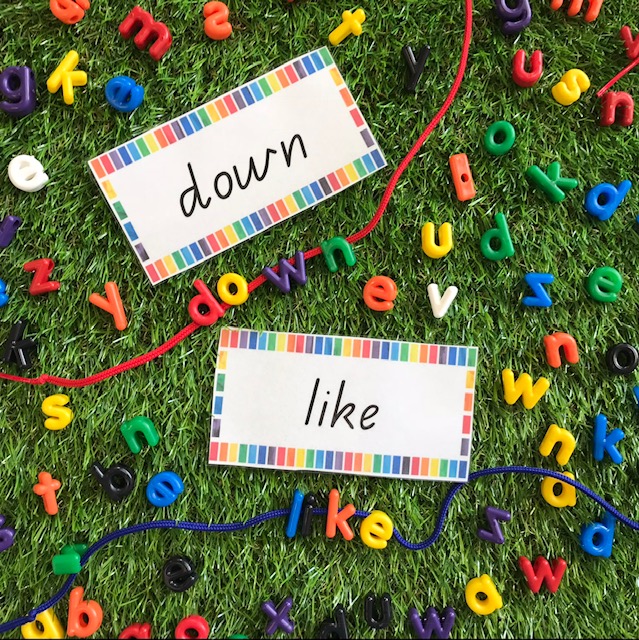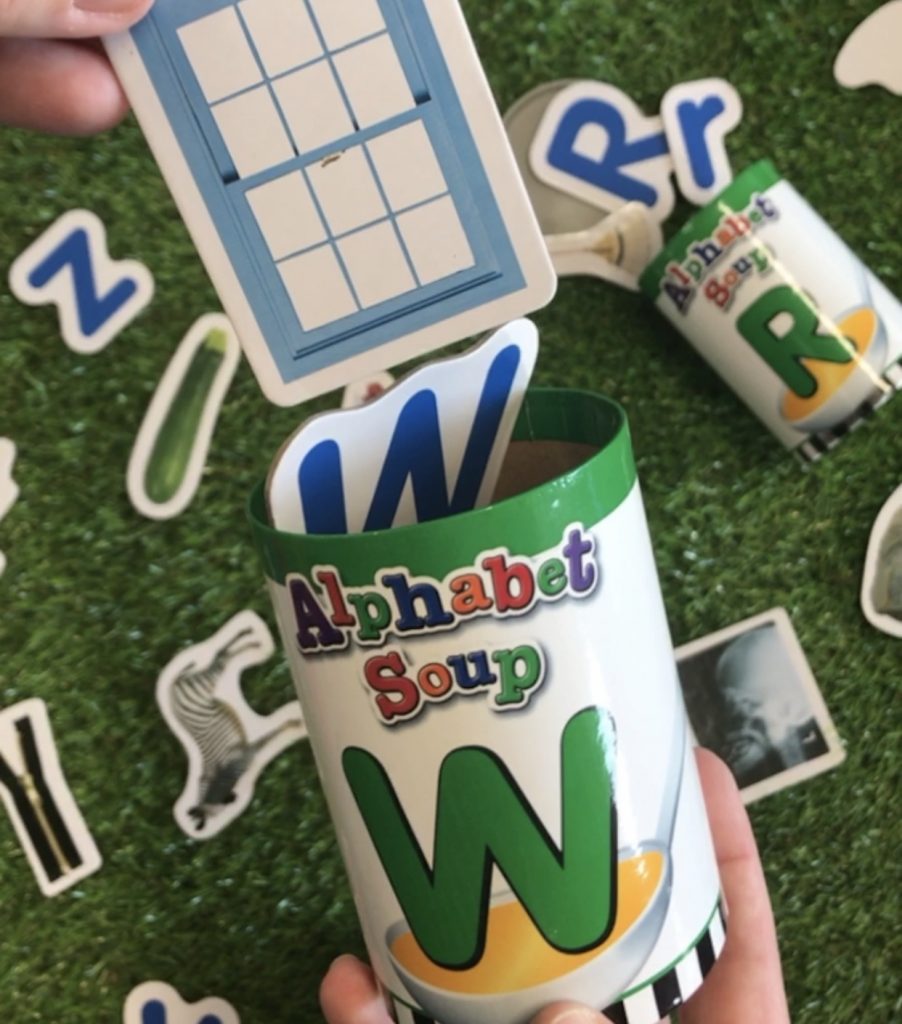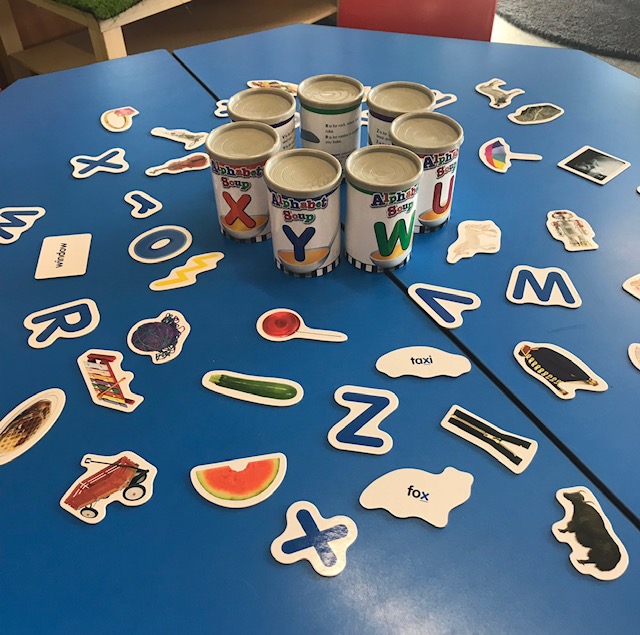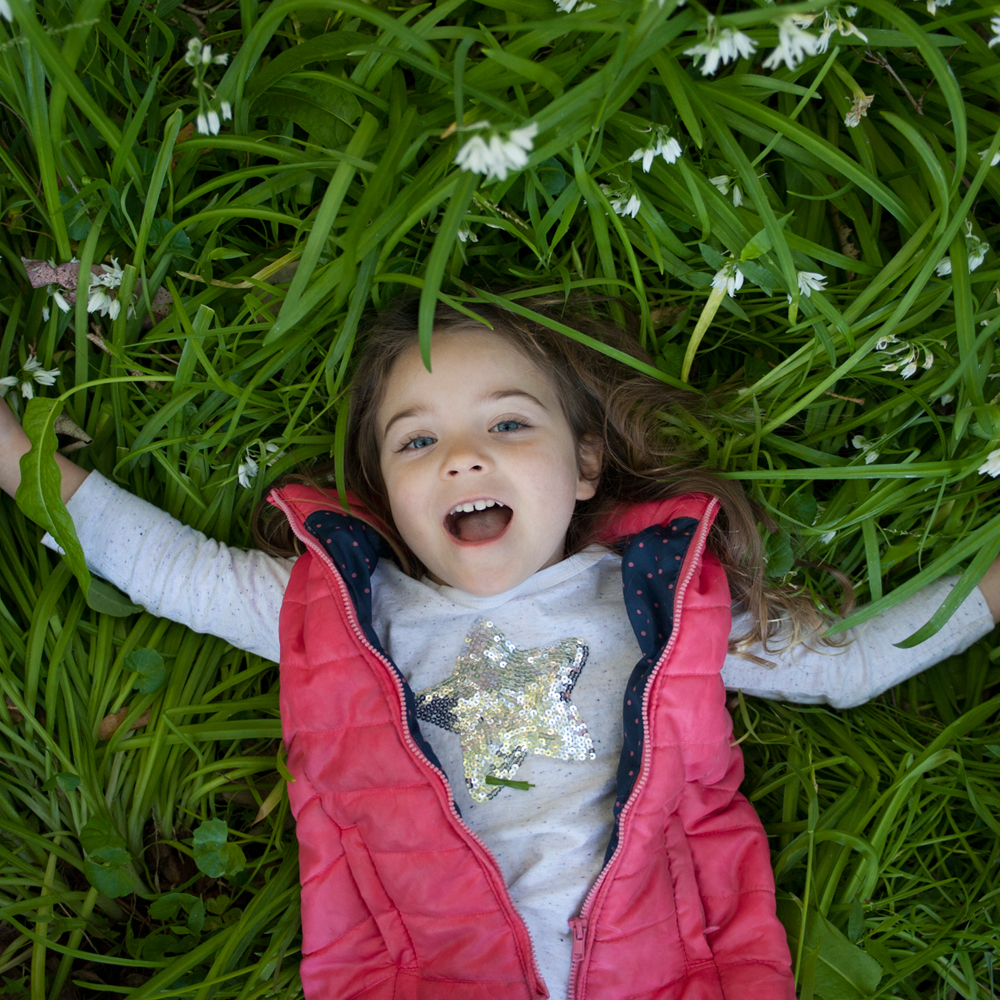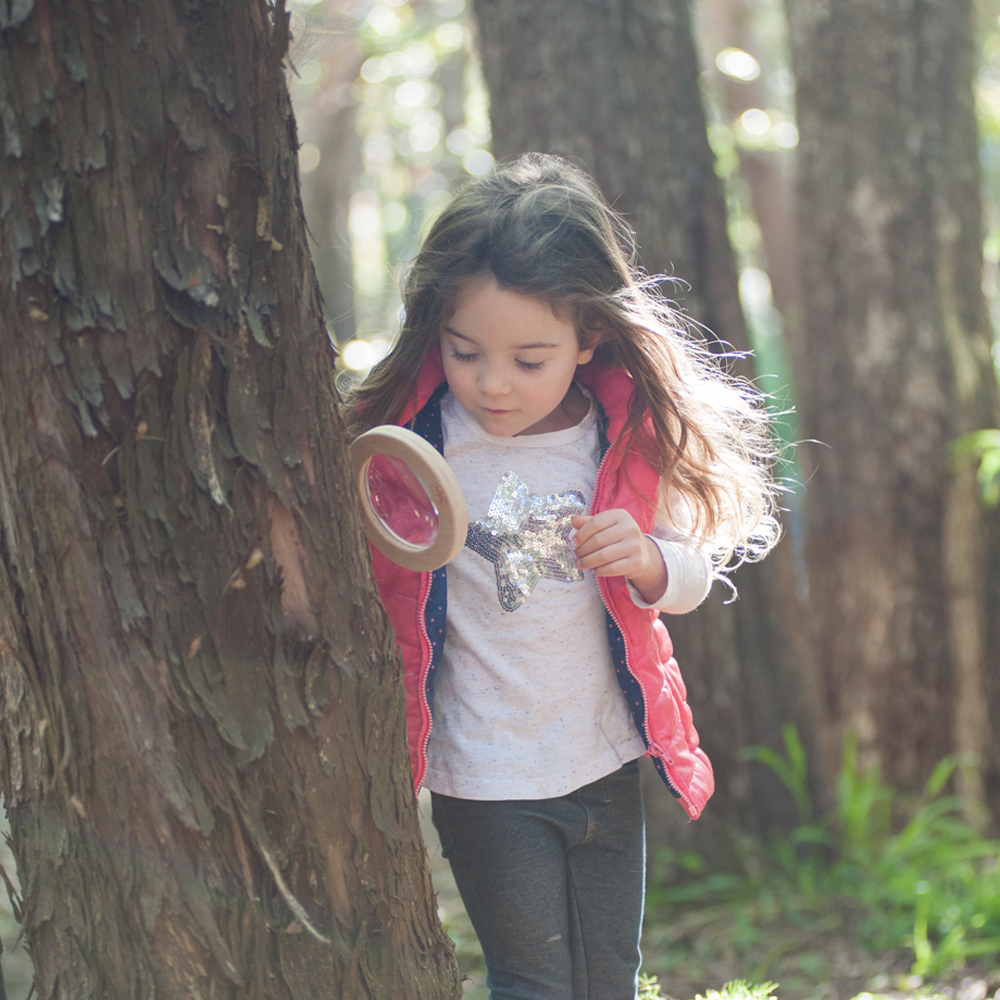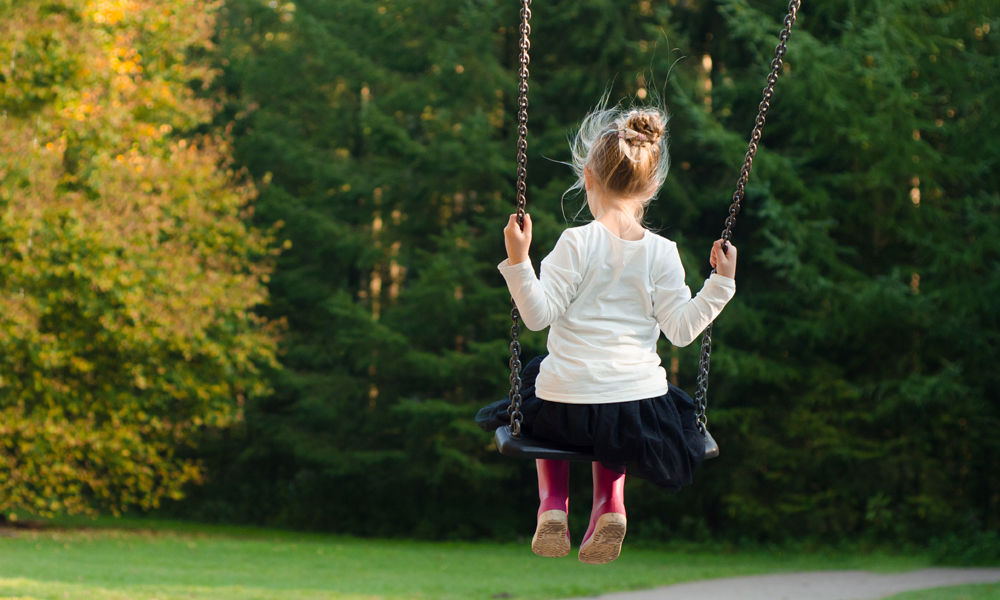There’s no school or preschool for many kids right now and with no play dates, sporting events or birthday parties to look forward to, life could be a little tricky at your house as you try to live, learn, work and play under the same roof.
If the novelty of ‘physical distancing’ is starting to wear off and your internet data levels are going through the roof because your children all want to watch ‘screens’ while you’re trying to work from home, why not pull out a board game to keep them engaged and interacting with one another for a while?
Games have been used since time immemorial for teaching social and academic skills to children and adults alike.
Did you know that the games of Go and Chess both evolved from being a way to test the mind of a military leader to a way to pass the time? The board games of today are no different.
Aside from building strong family ties, spending time playing board games with your children can have a surprising range of social and academic benefits.
I’ve been a teacher for over thirty years and wish I had a dollar for every time I’ve played board games with my students. The child psychologists, speech therapists and occupational therapists I work with today also often use board games to help children to develop the skills they need to succeed at home and in the classroom.
With a good board game, you can do the same with your own children!
Benefits of Board Games
Some of the benefits your child can gain include:
• Building resilience
Games that involve a chance to randomly experience a set-back can help your child learn resilience. By playing games like Snakes and Ladders , you can help your child learn to bounce back from a disappointment and keep pushing towards an end goal.
• Learning how to cope with winning and losing
Playing games with others helps children learn to focus on having fun, rather than winning or losing. However, it also teaches them how to cope with both sides of that coin. Rather than celebrating and gloating they learn to move past the glory of winning and focus on having fun as a group. When you play board games with your children, you can show them how to recover from a loss and do better in the next game instead of sulking over coming second.
• Learning patience and the concept of waiting for one’s turn
This one can be difficult in our fast-paced world but taking the time to play with your children can help. In my children’s health and education practice in Sydney, we make frequent use of many of the board games made by Orchard Toys that are perfect for teaching young children this skill. We particularly like the Bus Stop Game and Where’s My Cupcake?, which combine real life scenarios with great lessons in turn taking.
Board games build thinking skills
Games can also be played to help children consolidate curriculum skills that they’re learning at school or preschool.
By playing board games with your child, they get opportunities to practice:
• Early number skills such as matching, counting, and keeping a score
Matching games teach children observational skills as well as being able to pair like with like. One of our favourites to play is Monster Bingo
A key skill for children to learn prior to going to school is the ability to count. Games that can support correspondence counting make the time spent to learn the skill more enjoyable for everyone. A fun one to start with is Catch and Count, which helps children learn to count and recognise numbers.
Keeping score is a step up after learning to count, and can be applied to most games, even if it’s only a simple “OK, I won this game, mark it down.” When the game is over, you can ask, “How many games did you win? How many did I win?”
Another Maths option is a game like the Magic Spelling Game. Kids have lots of fun learning addition and subtraction and quickly come to understand that count how close all the players are to winning is the key to the game.
• Early literacy skills that are learned when a child reads for a purpose
Adding games to your child’s leisure time on a regular basis can also aid them immensely as they develop early literacy skills. Games can vary from letter recognition to reading for a purpose, such as reading the ‘Chance’ cards from Monopoly. Our favourite for this group is difficult to choose, but it might just be Sight Words String Ups which combines vocabulary building, reading and fine motor skills in an innovative game that kids enjoy.
As you spend time playing with your children on a rainy day, you’re not only helping them to learn and build skills, but you’re also building memories.
When they get to play games with you, they learn many life skills that will serve them, as well as a relationship that will only grow with time.
So next time a friend or relative asks what to buy your child for a birthday or other special occasion, why not suggest a board game or two?
They’re the kind of gift that just keep on giving!!
Featured Products:
About the Author
Sonja Walker is the best-selling author of School Ready: A practical and supportive guide for parents with sensitive kids. She is also an experienced teacher, speaker, mum and the founder of Kids First Children’s Services, an award-winning pediatric health and education practice in Sydney where she leads a highly experienced team of child psychologists, speech pathologists, occupational therapists and teachers. Sonja’s mission is to help kids to thrive, not just ‘cope’ by supporting their parents and teachers with practical solutions and easy ideas that make life happier at home, preschool and school. Sonja presents keynote speeches and workshops in preschools, schools and corporate settings and is a sought after media commentator on topics related to children’s learning and development. To contact Sonja, please visit www.kids-first.com.au

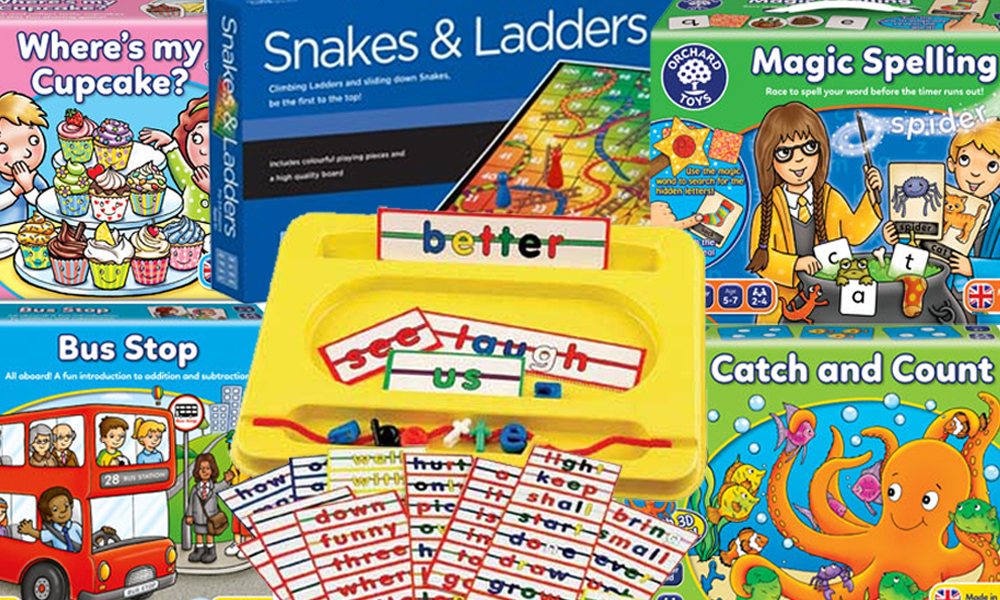
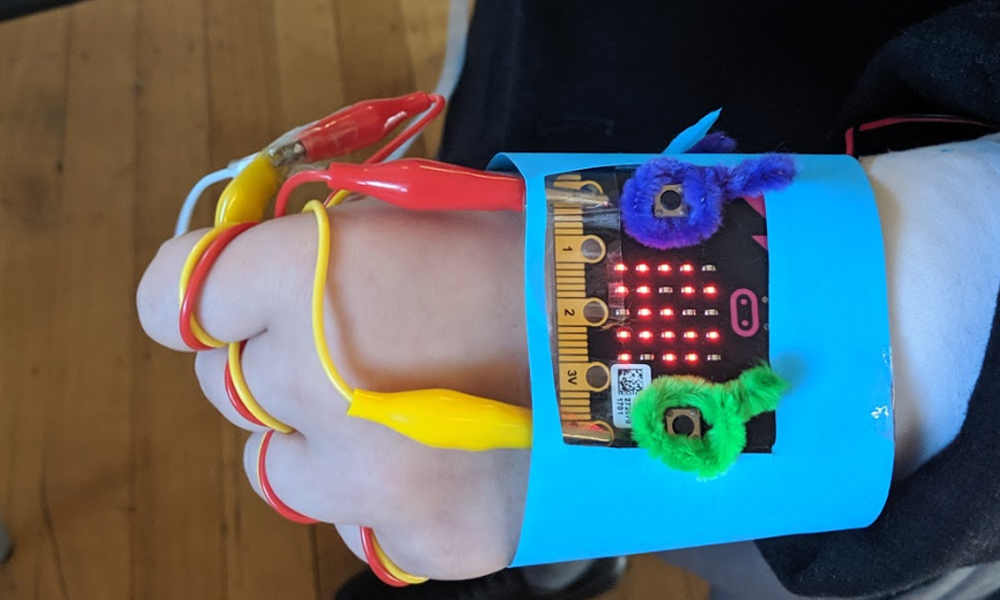


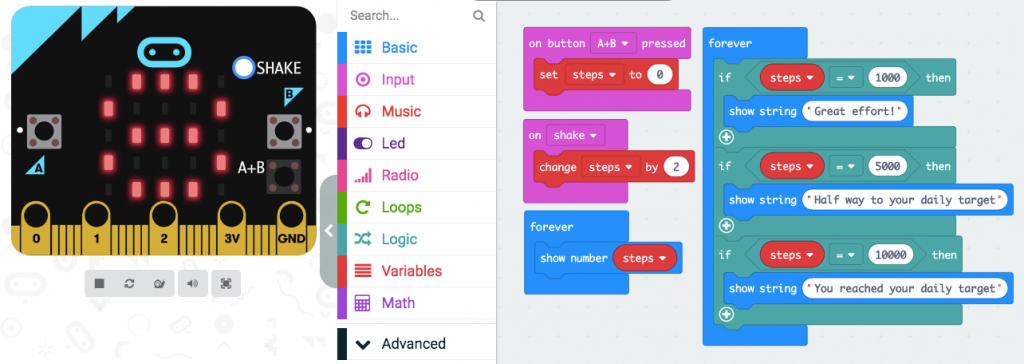
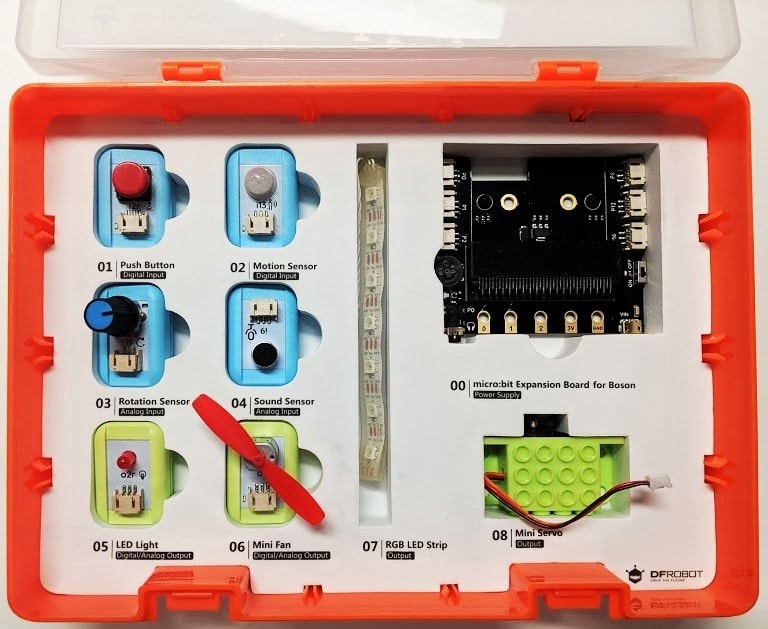

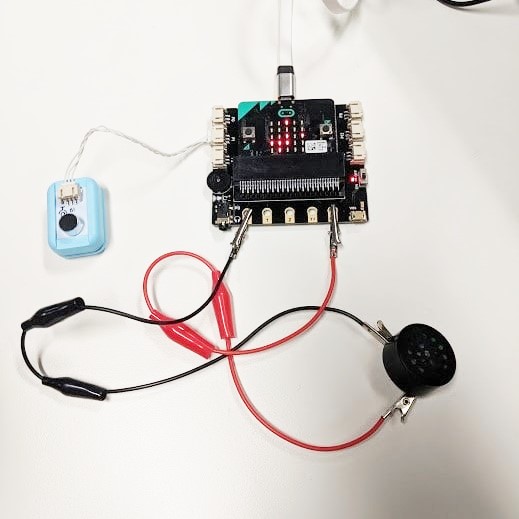
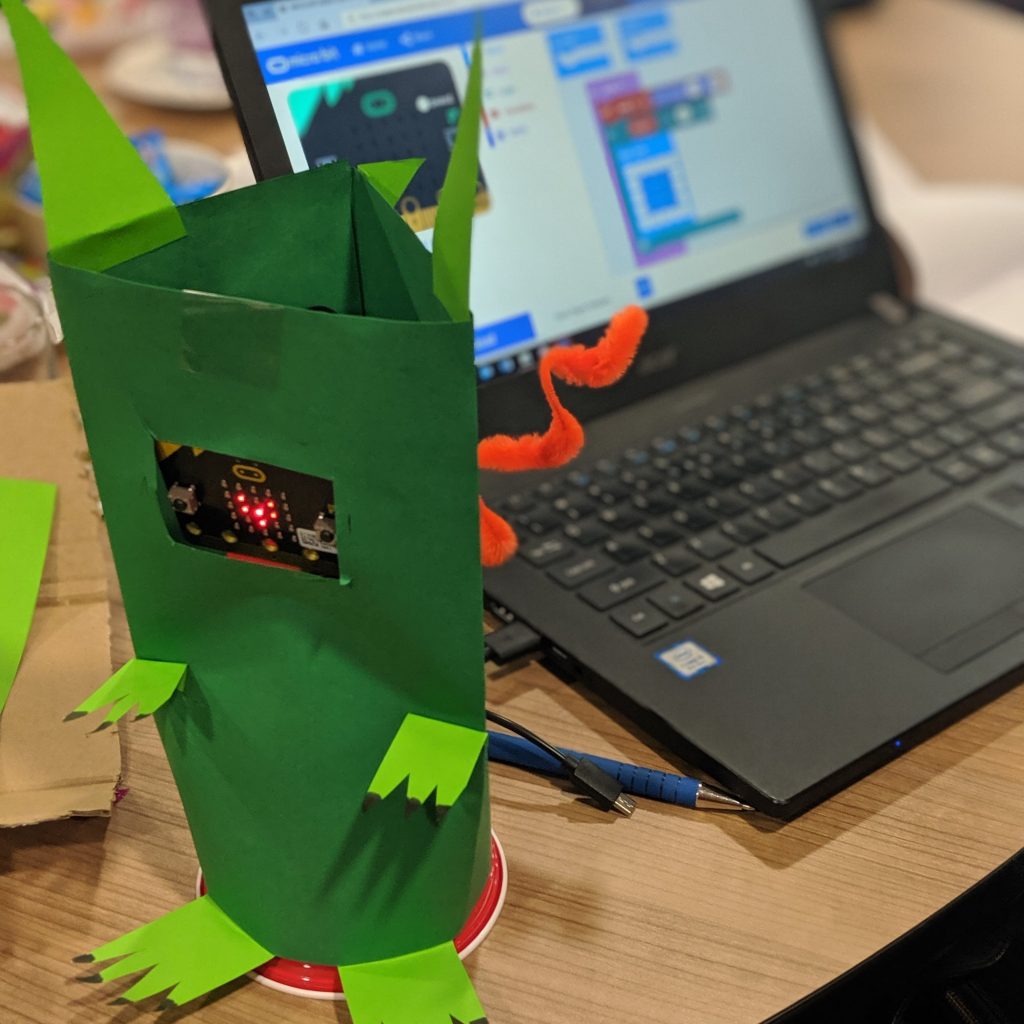
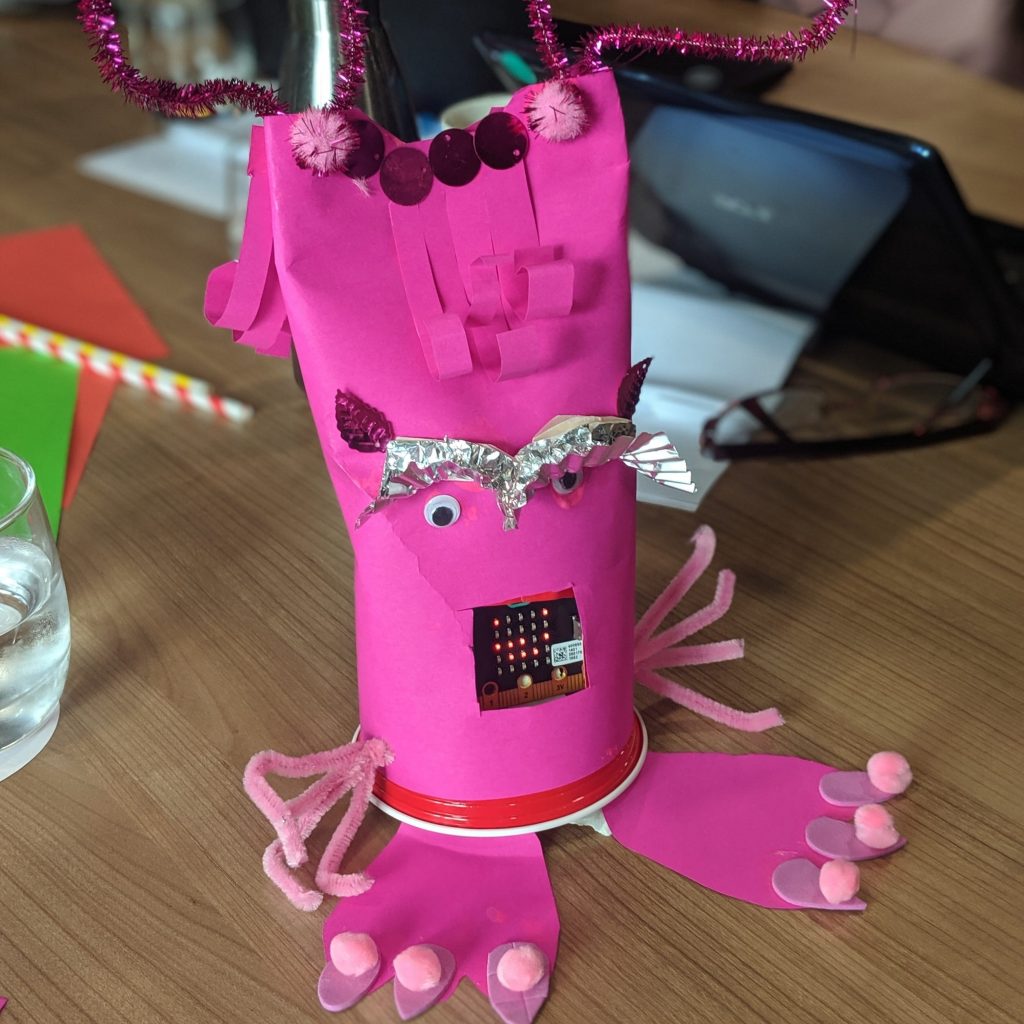
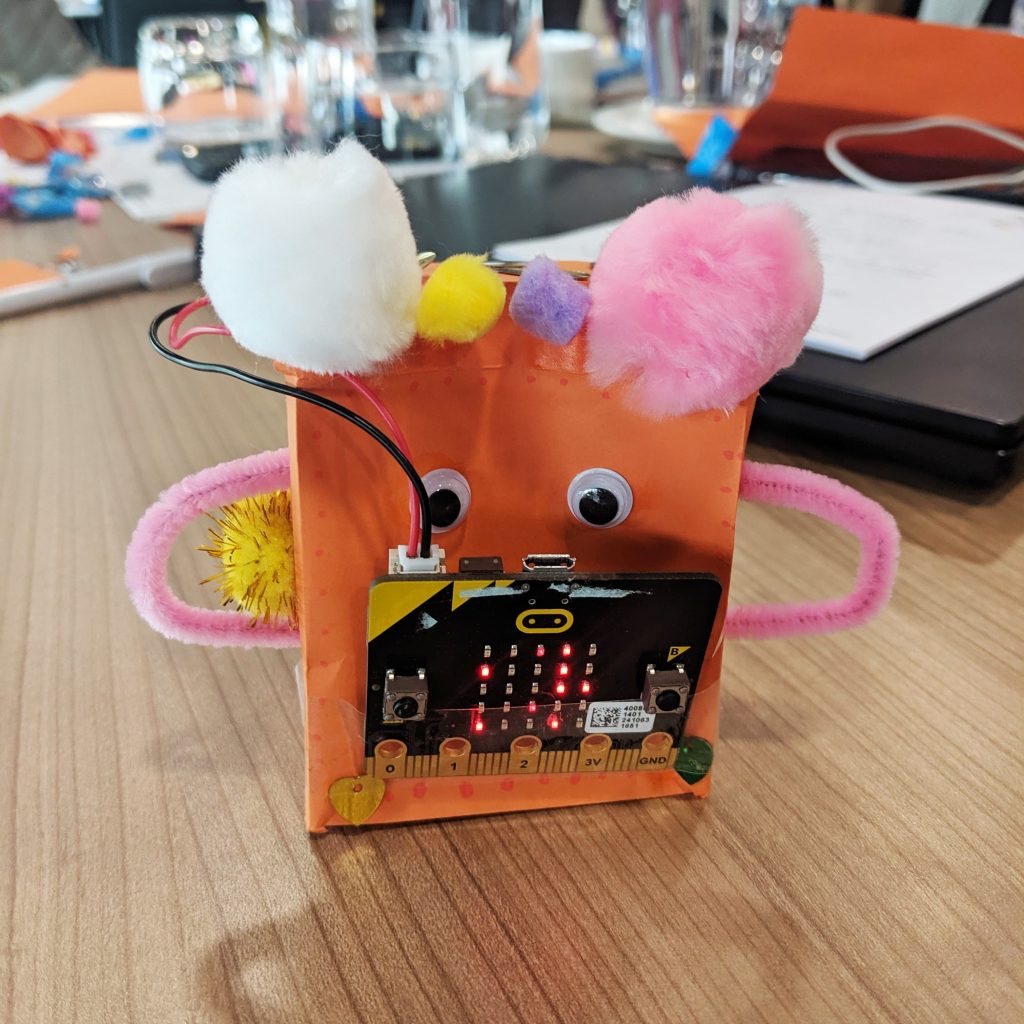
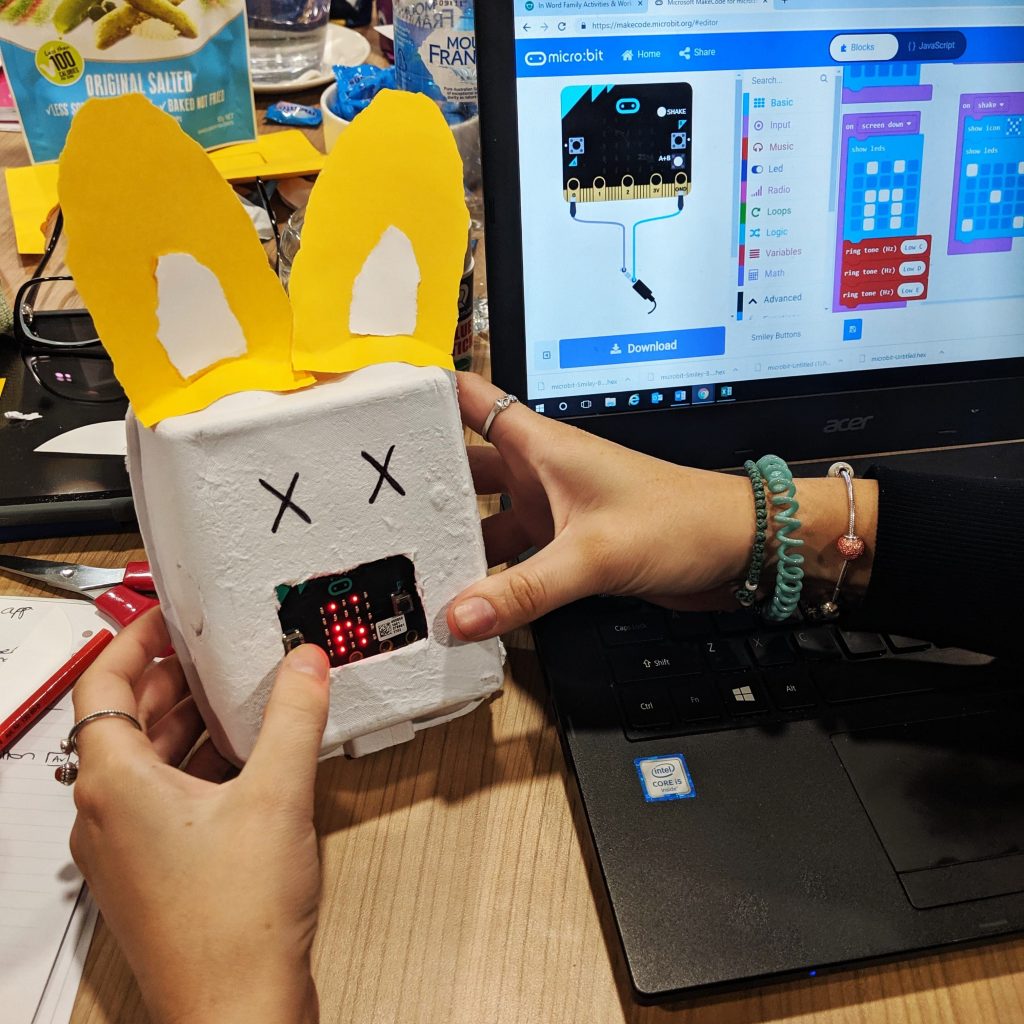 Materials:
Materials: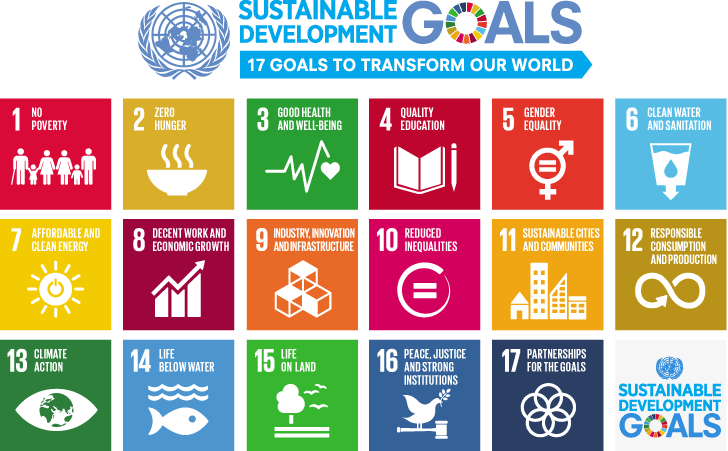

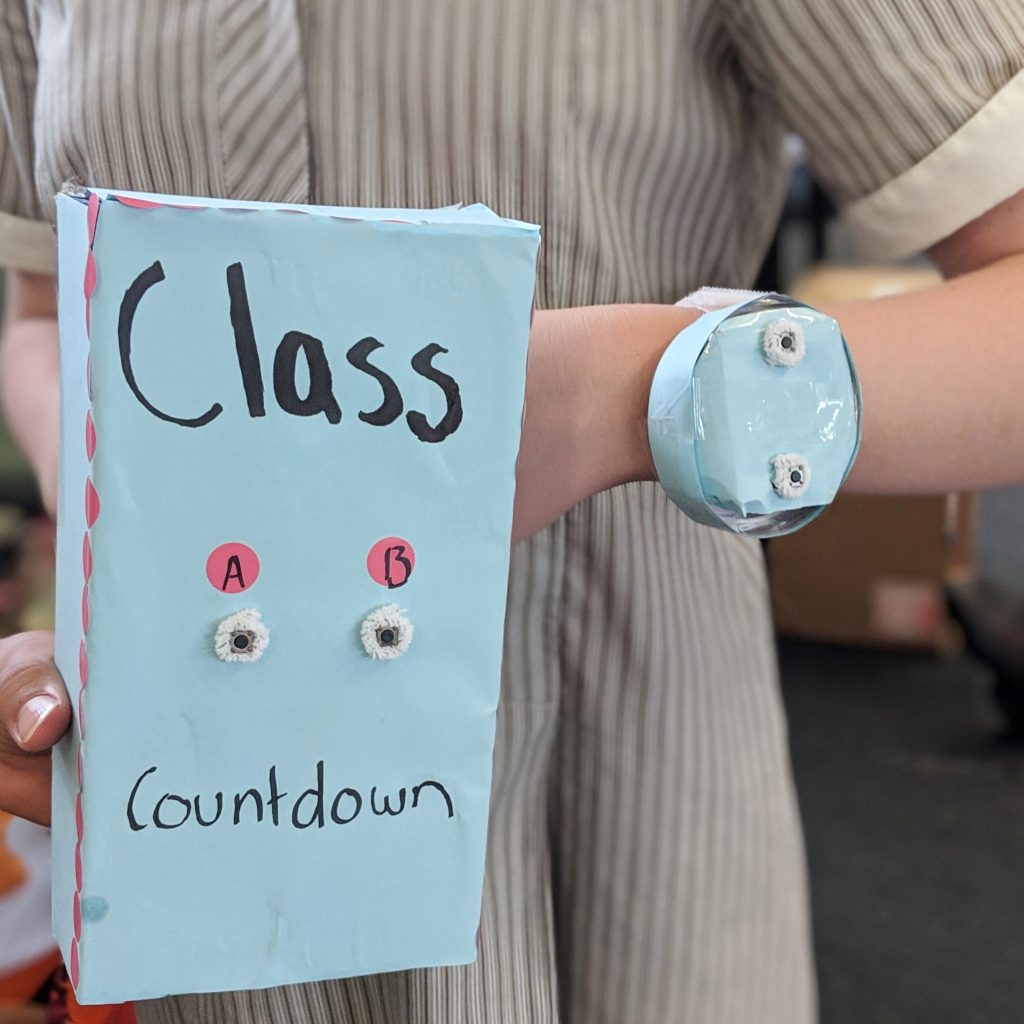

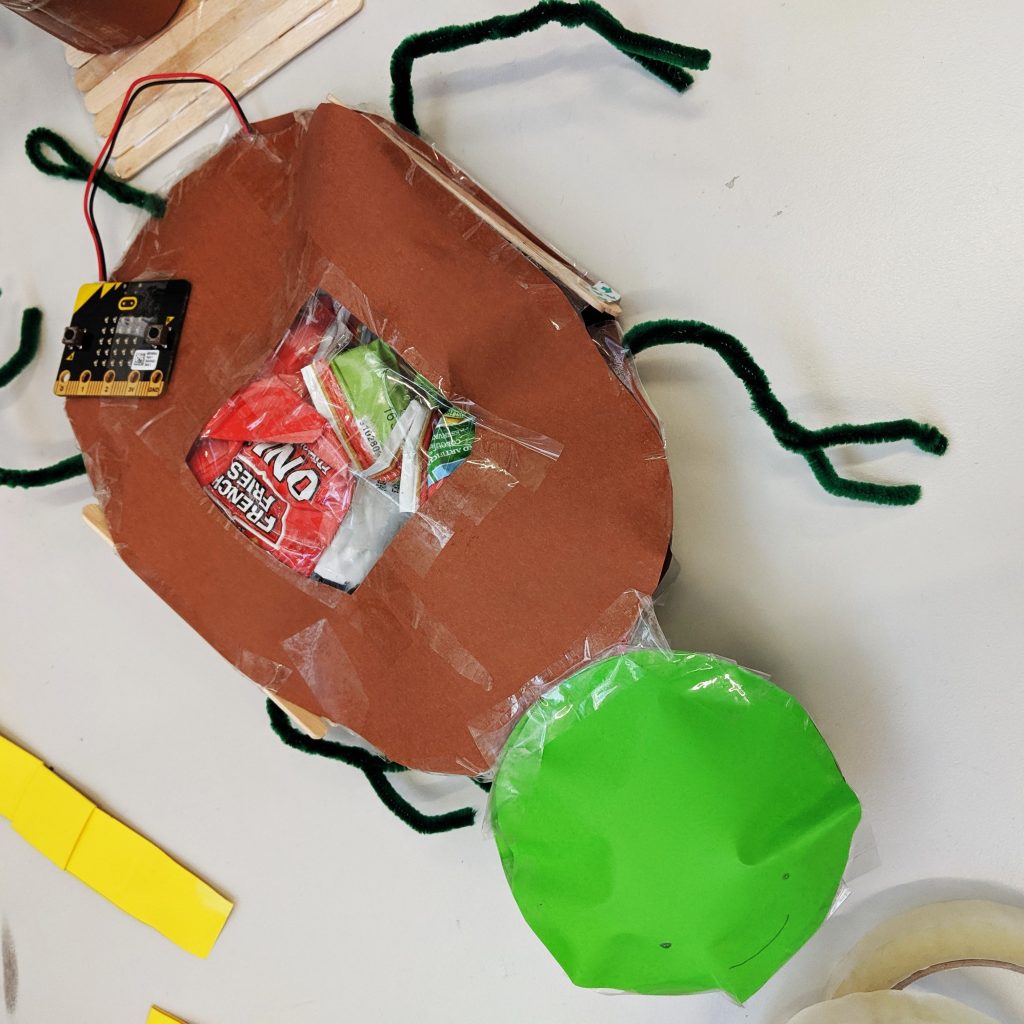


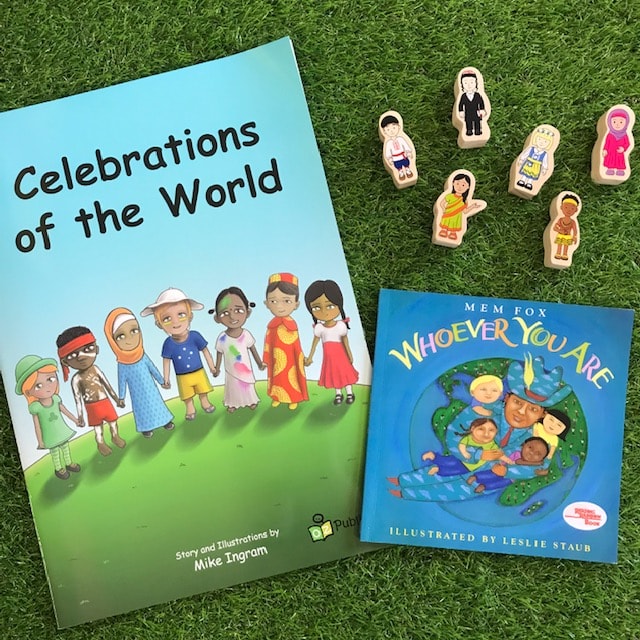

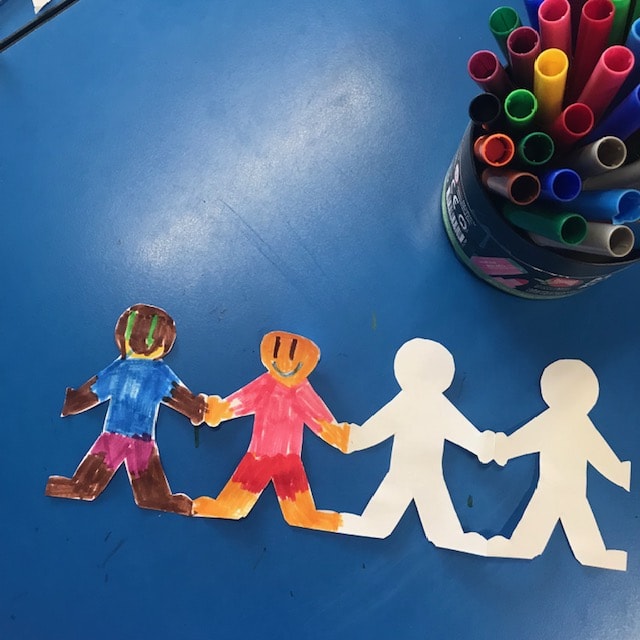
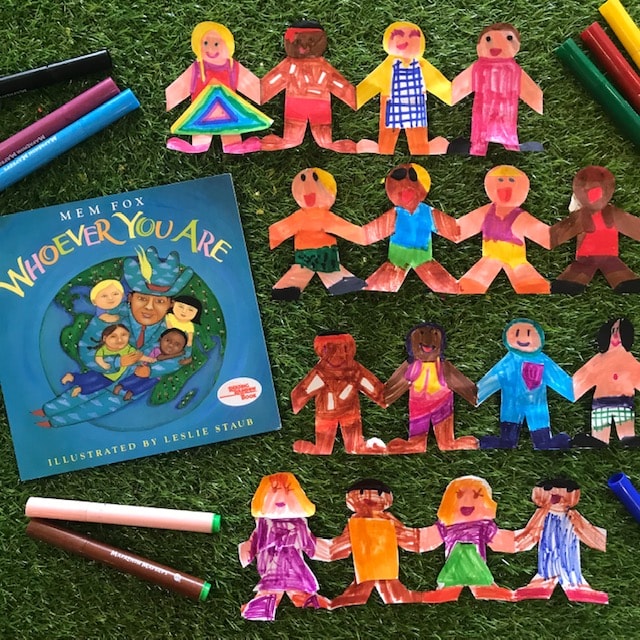

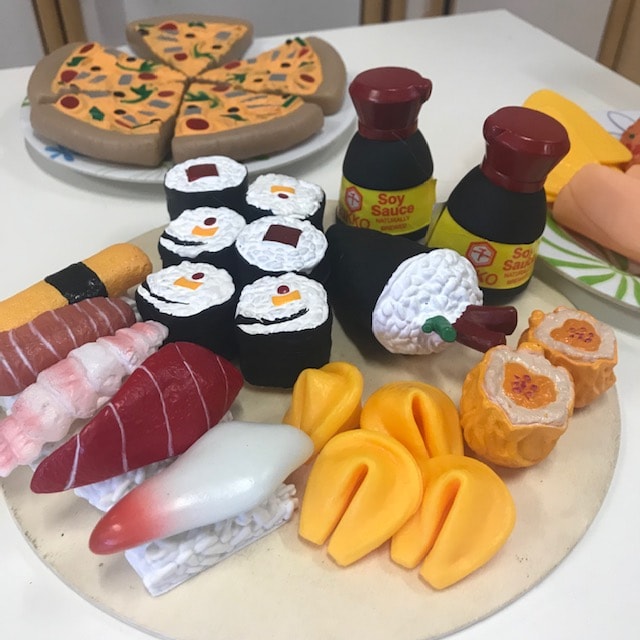



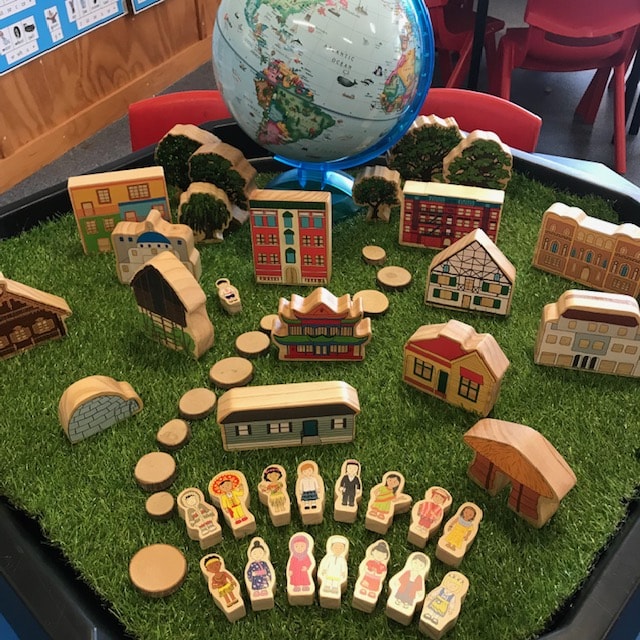

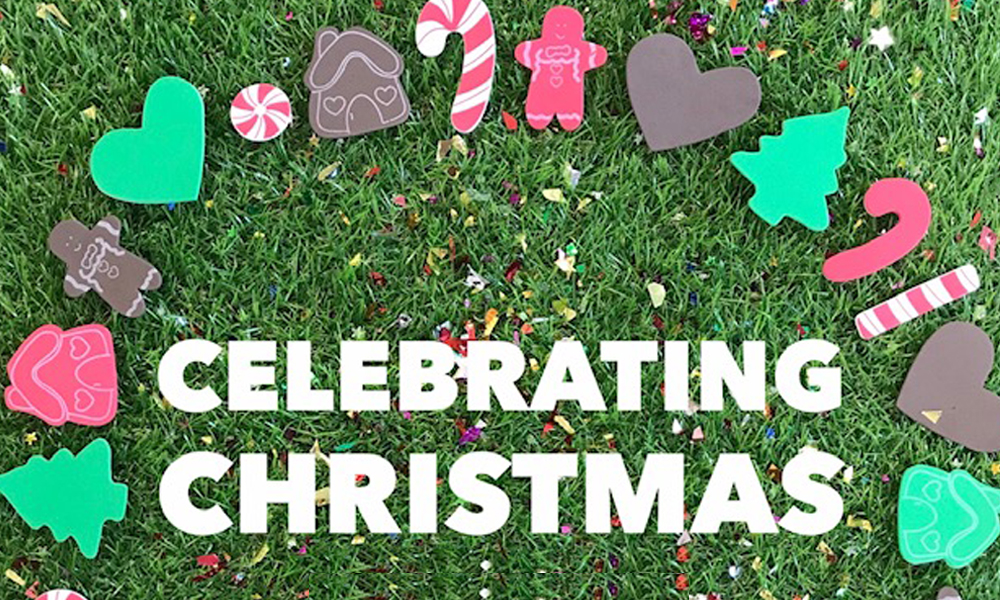
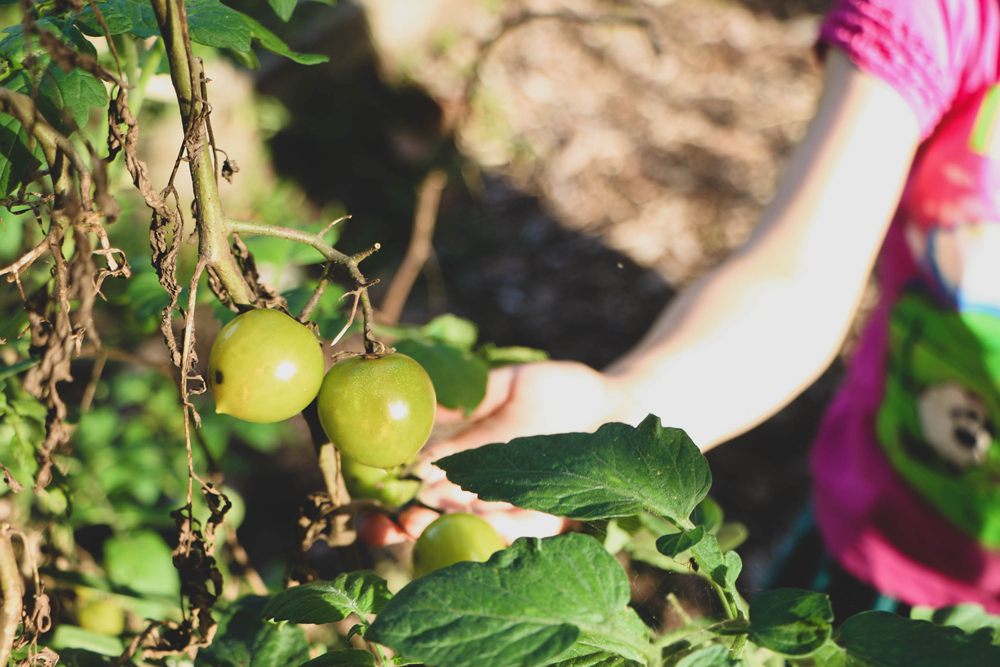
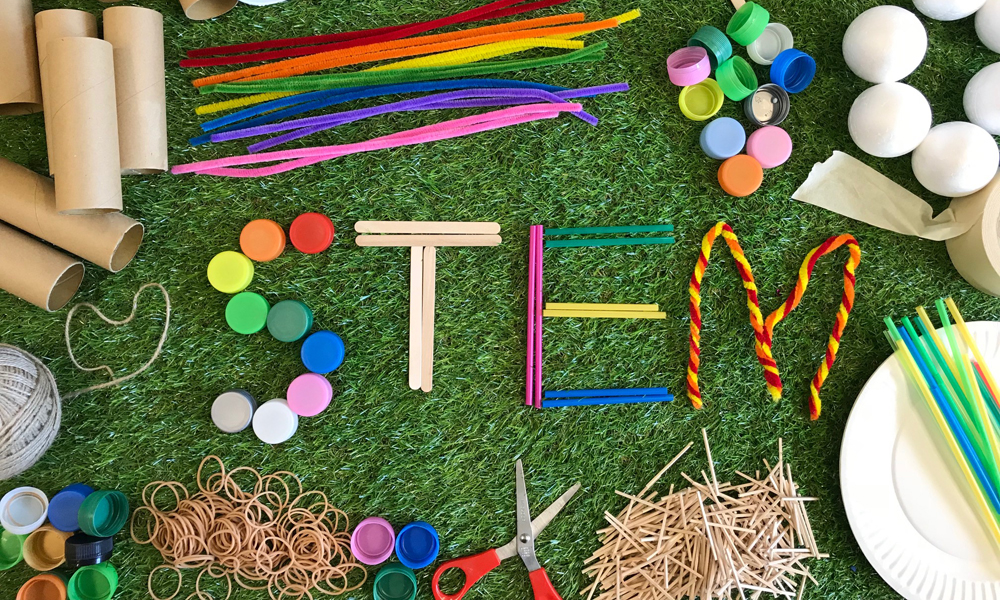
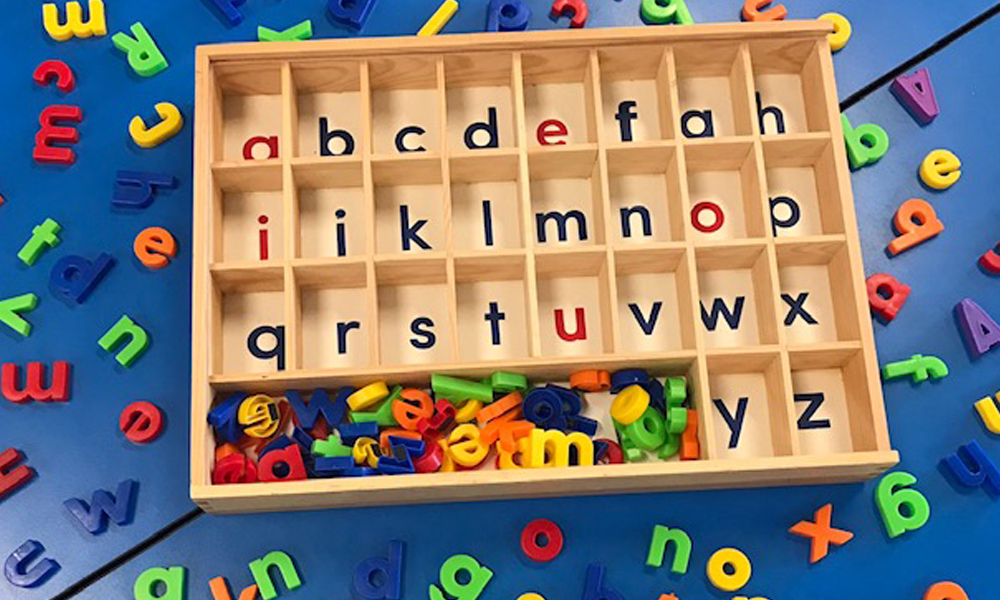
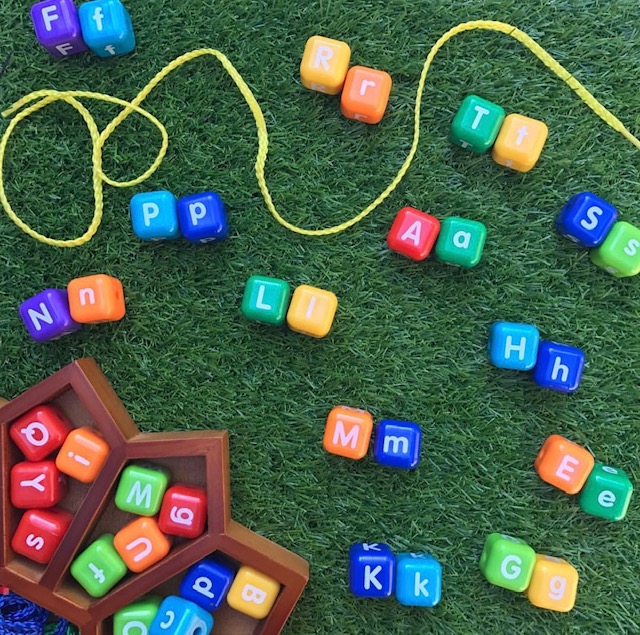 There is something about threading activities that really captivates children’s attention. I have used these Chunky Alphabet Beads in both kindergarten and school settings and both age groups have adored them. On top of the obvious hand-eye coordination and fine motor skills that threading resources promote, there is also a range of literacy skills that these Chunky Alphabet Beads encourage. I have used these beads with my students to develop their letter recognition skills, name and word building skills, as well as awareness of uppercase and lowercase letters and alphabet sequence. Some of the activities I have implemented using these Chunky Alphabet Beads include:
There is something about threading activities that really captivates children’s attention. I have used these Chunky Alphabet Beads in both kindergarten and school settings and both age groups have adored them. On top of the obvious hand-eye coordination and fine motor skills that threading resources promote, there is also a range of literacy skills that these Chunky Alphabet Beads encourage. I have used these beads with my students to develop their letter recognition skills, name and word building skills, as well as awareness of uppercase and lowercase letters and alphabet sequence. Some of the activities I have implemented using these Chunky Alphabet Beads include: